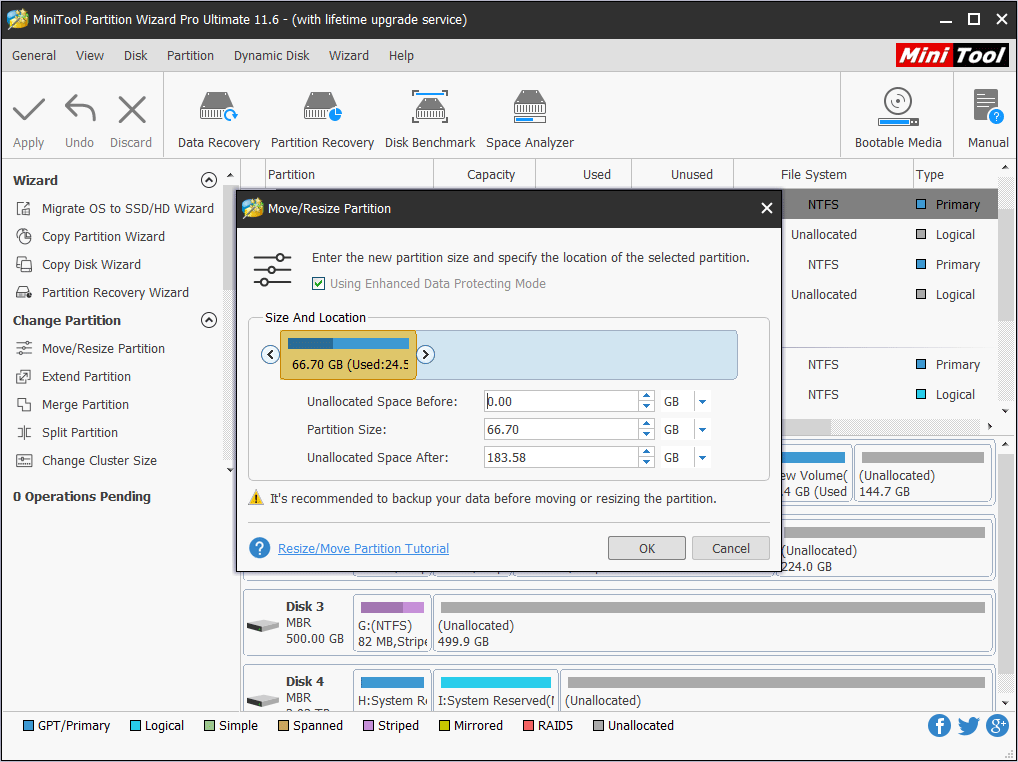

Click Ok until all dialogs are closed and reboot.Uncheck “Automatically manage paging file size for all drives”.Regardless of the blocking file, disabling a few OS features will get rid of quite a few unmovable files before we begin defragmentation. ``` Step 4 - Prepare OS for Defragmentation The last unmovable file appears to be: \System Volume Information 0圆64cff” command.This event log entry details information about the last unmovable file that could limit the maximum number of reclaimable bytes. It should include text like the following:Ī volume shrink analysis was initiated on volume (C:). Open the second most recent event in the “Defrag” source. If not, open up the event viewer to review the blocking file(s). If this is far enough, congratulations! Shrink the disk and you’re set to jump to Step 6. Windows will scan your disk and show you your maximum shrink amount Right Click on the partition you would like to shrink and select “Shrink Volume” If not, this will give you a good idea of the amount of work ahead. There is a slight chance that everything will line up and you will be able to shrink to your desired size on your first try. Back up anything you’re not willing to lose before proceeding. We are going to be fiddling with partition maps and file system metadata so the chance for catastrophic data loss is sky high. Obviously, you need to back up your data before attempting any of these techniques. Hopefully this is helpful for more than just me. NTFS file layout issues, in particular, can be tough when moving to a new partition that is less than half the size of your old partition.Īfter fumbling through the procedure twice in a week, I decided to document my routine below. Unfortunately, my previous “big giant spinning disk for everything” build strategy can be problematic when transitioning to a smaller SSD for the OS and a larger disk for data.

The prices have finally dropped low enough that I can justify a moderately sized SSD in each of my commonly used machines.


 0 kommentar(er)
0 kommentar(er)
